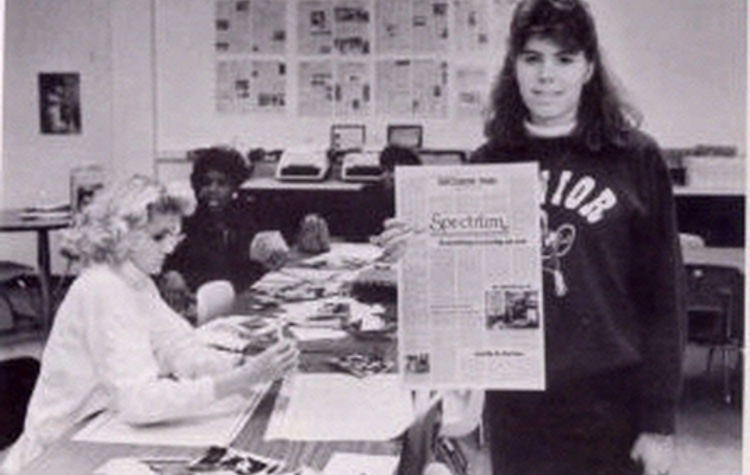The Fight For Newspaper Rights
Hazelwood v. Kuhlmeir Court Case
March 19, 2018
In St. Louis, Missouri, 1988, three high school students wrote articles for the school newspaper and were denied the chance to publish it in the newspaper.
The articles were written about teen pregnancies and the impact of divorced parents. The school principal questioned the stories be uncensored and he refused to publish them. These students believed they weren’t given a fair chance.
A school newspaper is meant for the students to share their perspectives and their outlooks on stories. But, publishing something on this type of platform is dangerous and can give someone a lot of power, so it must not be abused.
According to the New York Times, “The school’s principal refused to publish the two stories, saying they were too sensitive for younger students and contained too many personal details.”
The three students, apart of writing the stories, believed that their First Amendment rights were being violated because they were denied the approval of publishing their stories over others. They believed that their rights were being overlooked by their principal and the school after their stories were denied publicity.
According to Landmark Cases, “The students had invested a great deal of time and energy in producing the paper and felt that they had followed proper journalism procedures.”
The removal of their stories was unheard of, so when the students found out that their stories were deleted, they were disappointed. Considering that they believed there was nothing wrong with the stories, they wanted to fight for themselves and their stories to be shared. They thought the school could handle the content.
According to US Courts, “The school had a legitimate interest in preventing the publication of articles that it deemed inappropriate and that might appear to be the reasoning from the school.”
It is important that the students take into consideration that what they publish may have a negative impact towards any student or teacher. Some people may have interpreted the news articles as too offensive for the younger age, which proves that principal’s was taking the right precautions.
The Supreme Court ruled in favor of the principal, expressing that a school newspaper should not be used to voice just any opinion. I understand that in this case the students weren’t given a fair chance, but the court ruled, in my belief, correctly.



